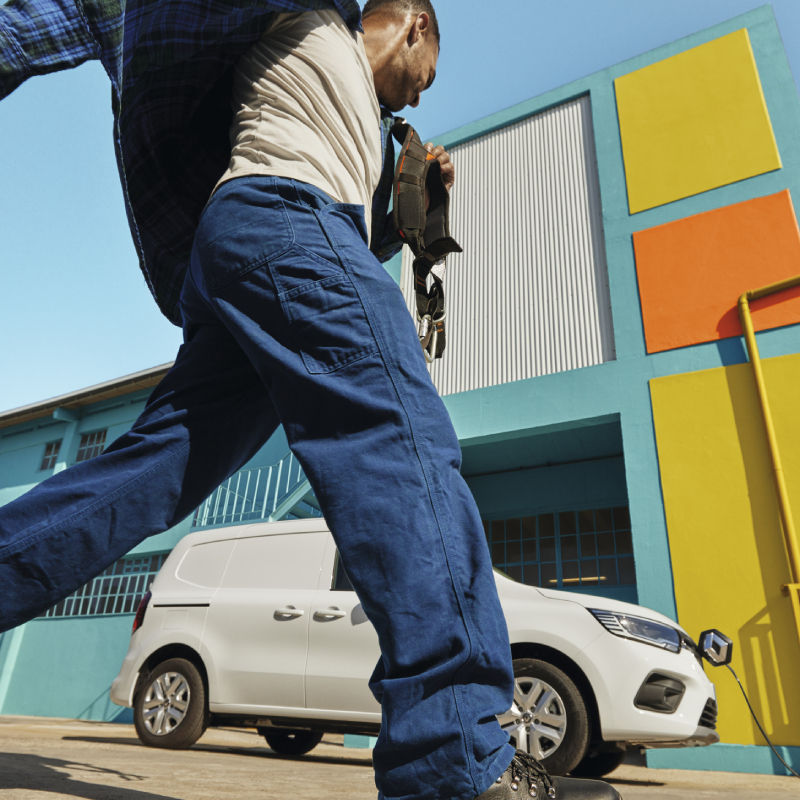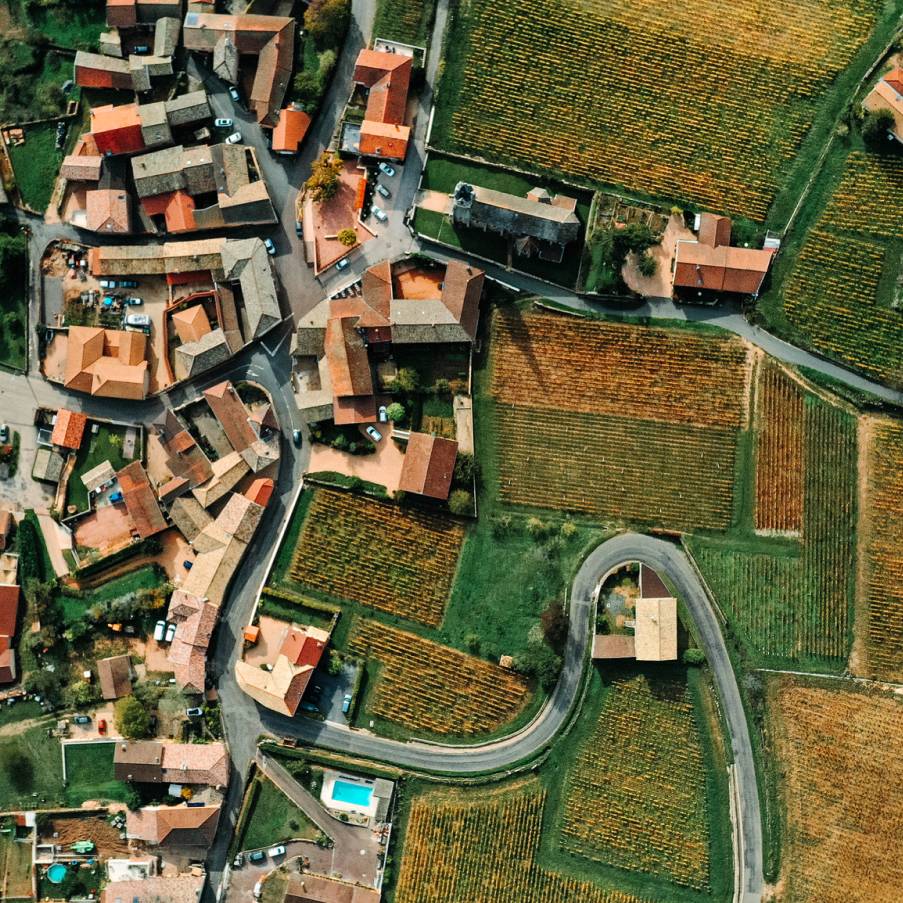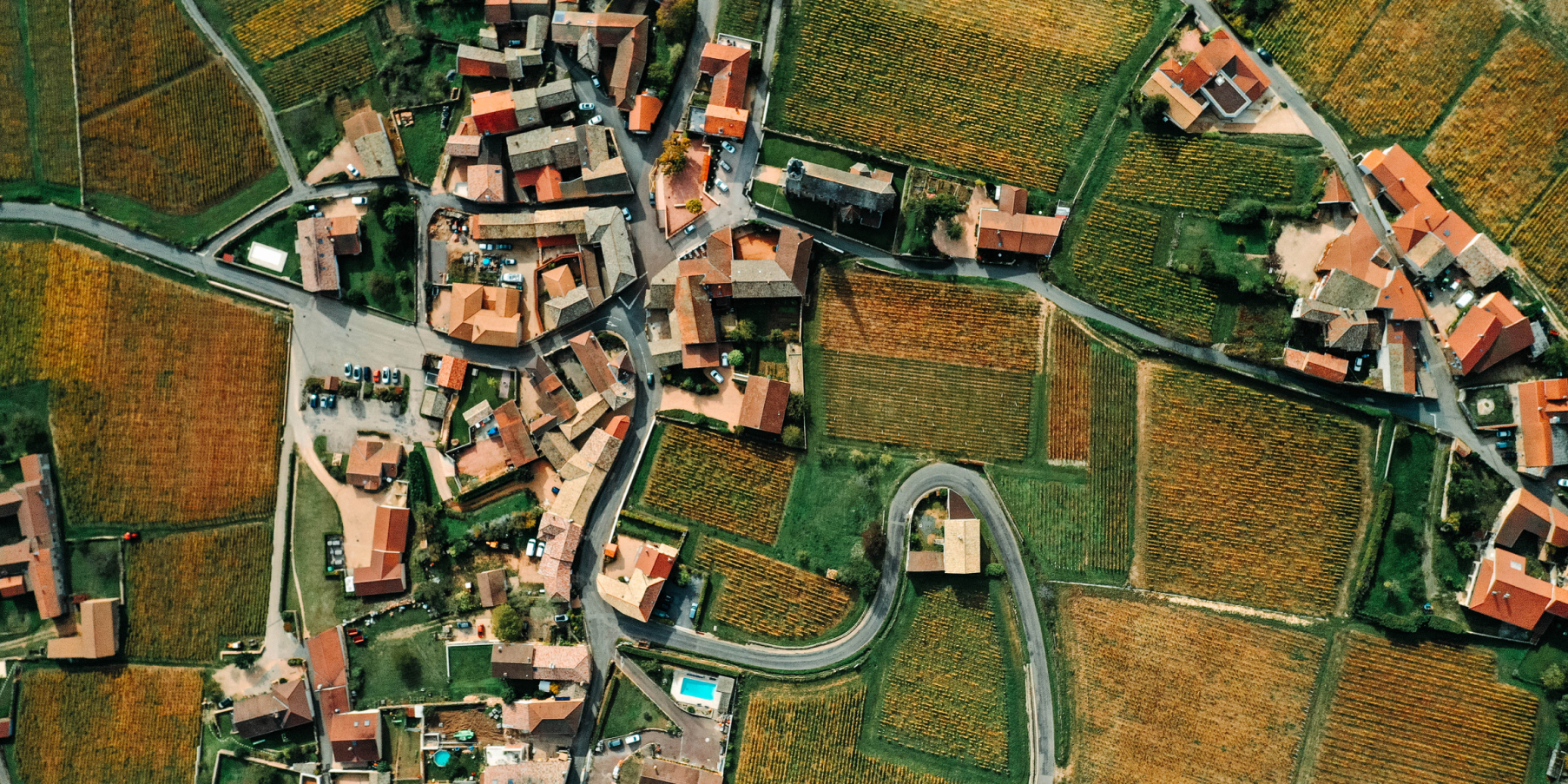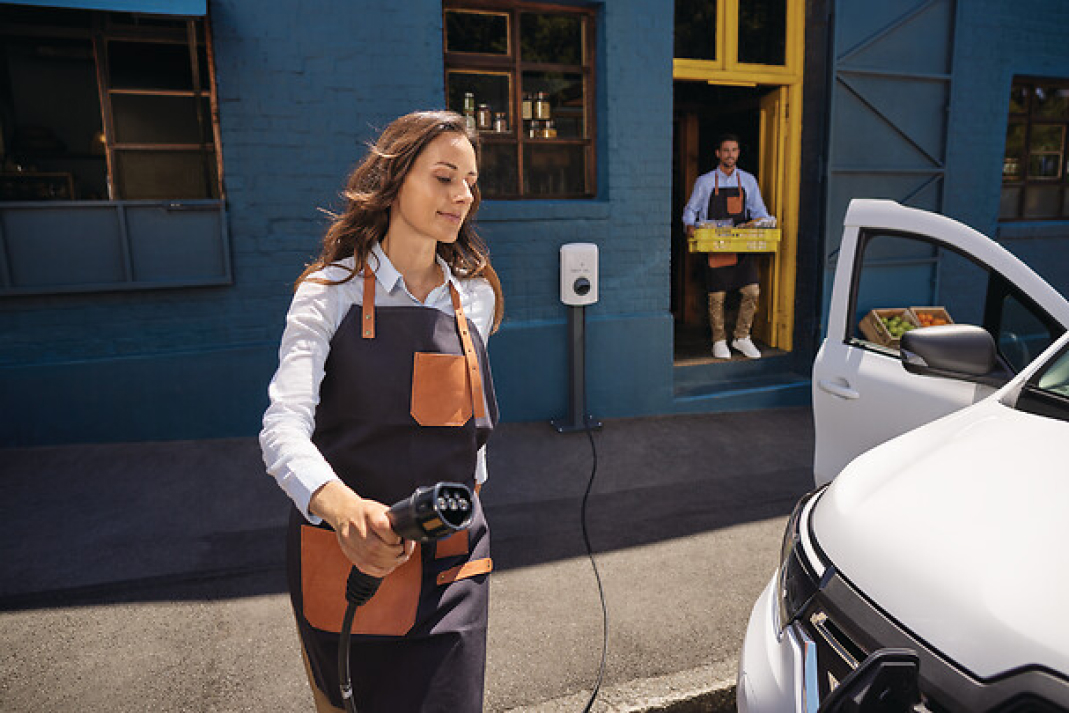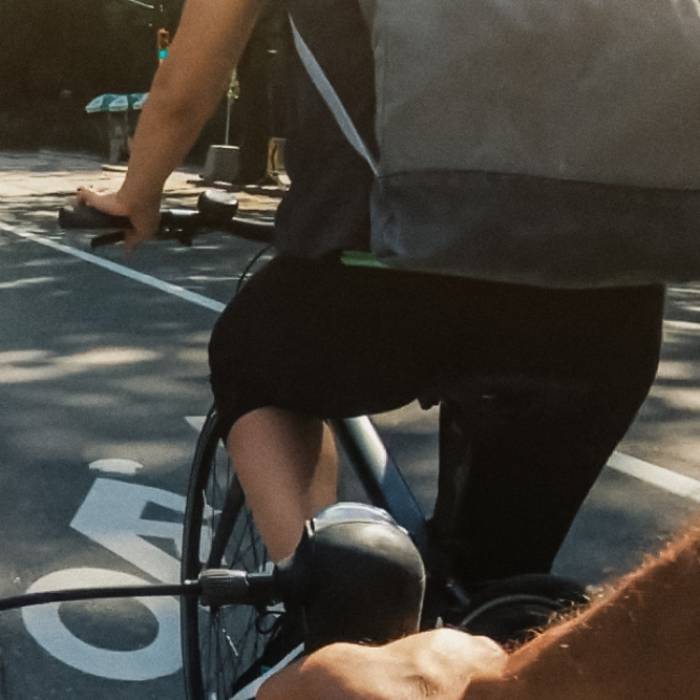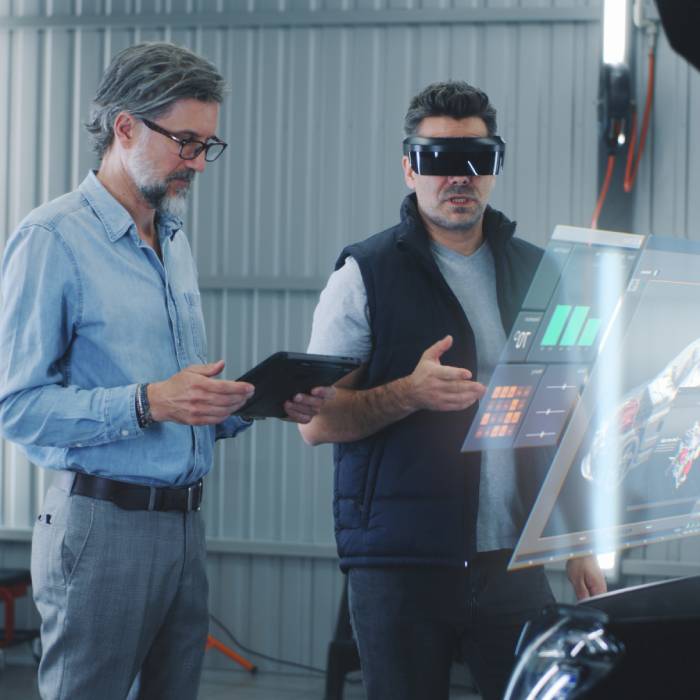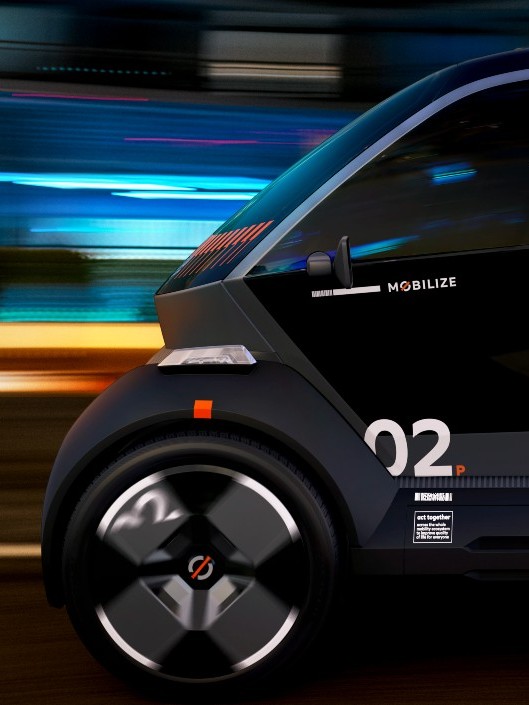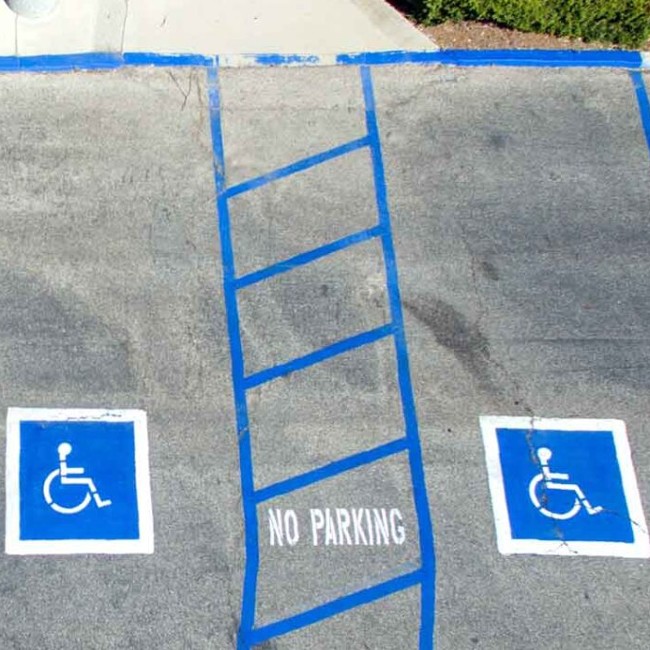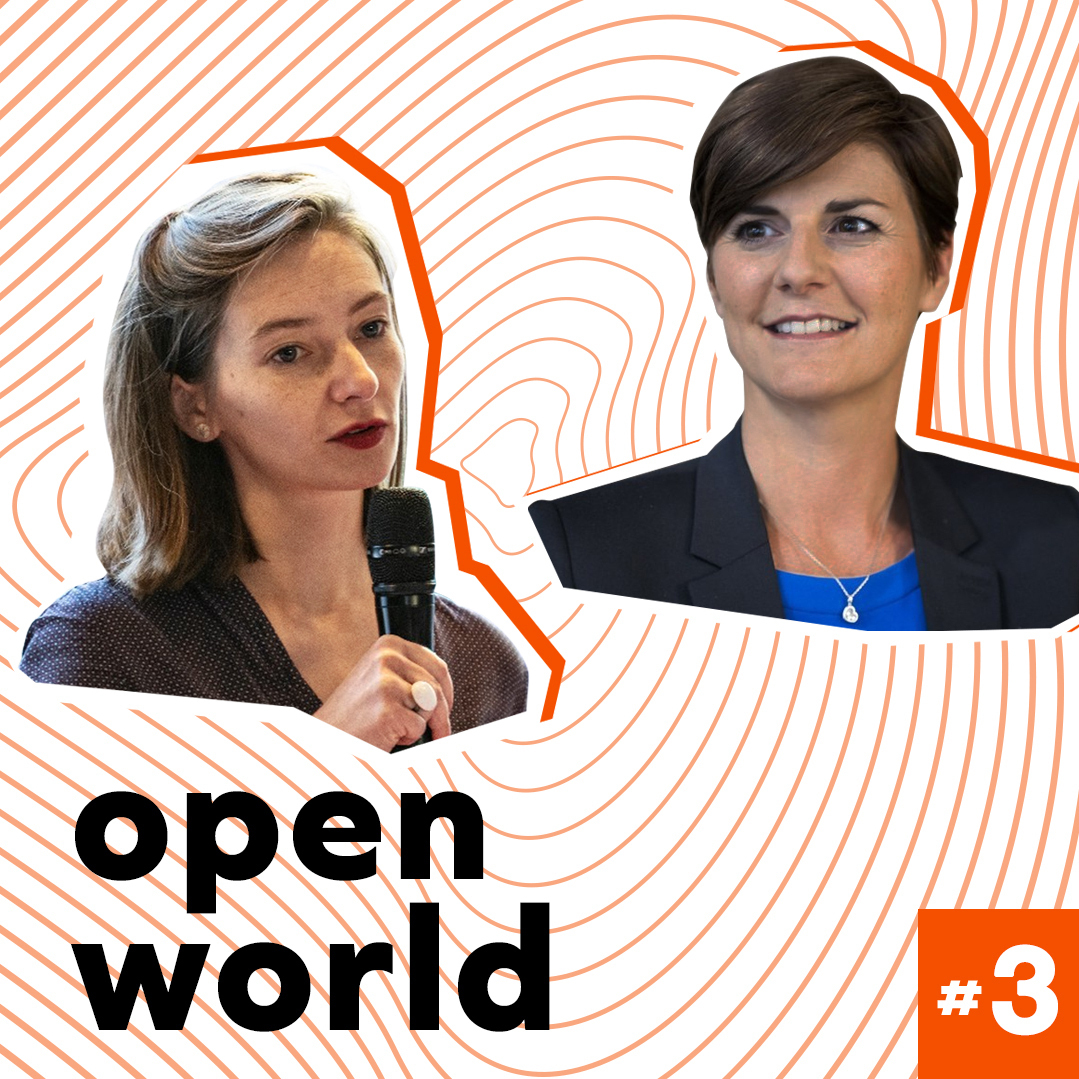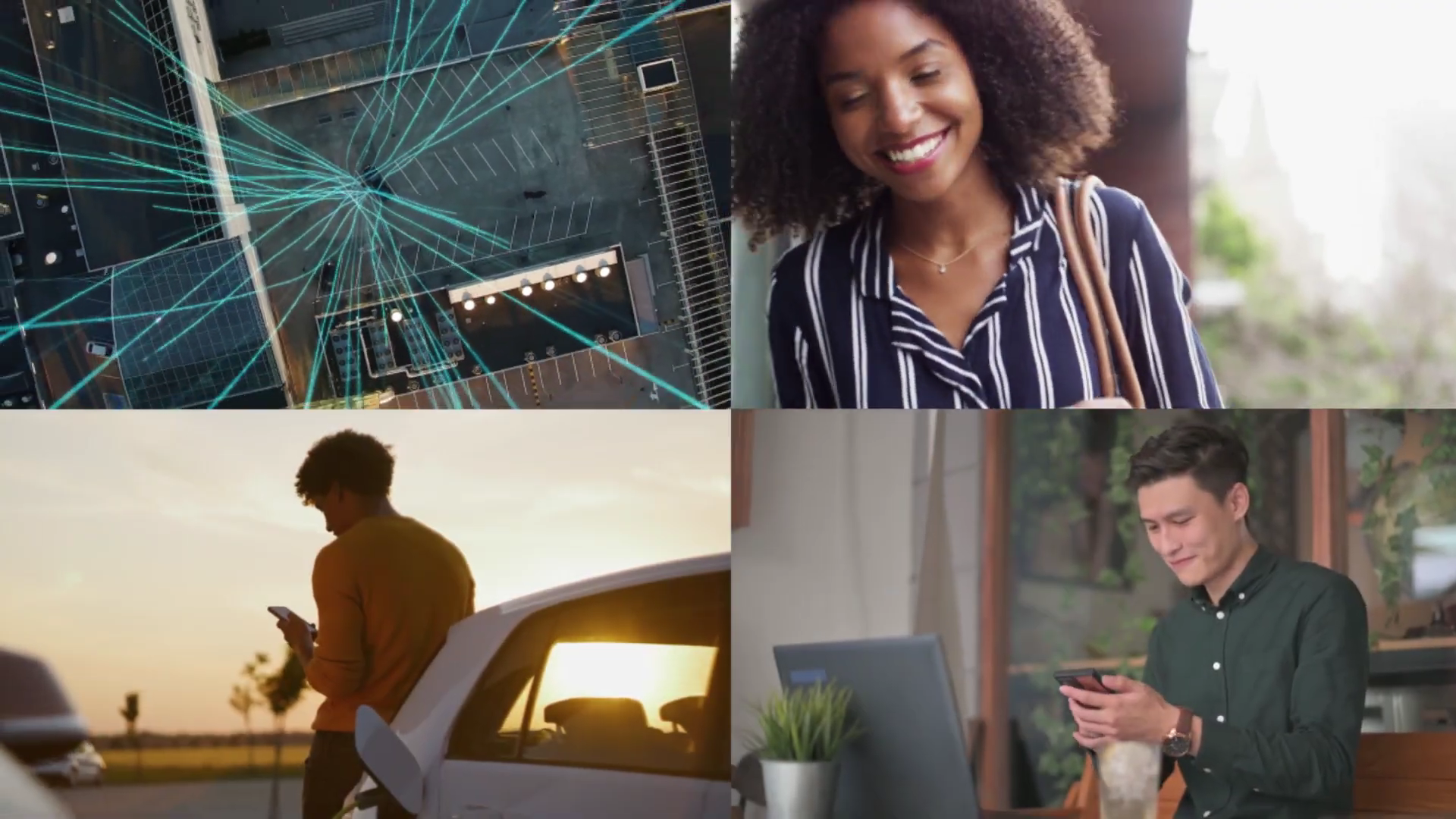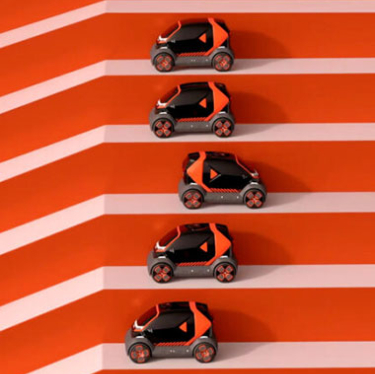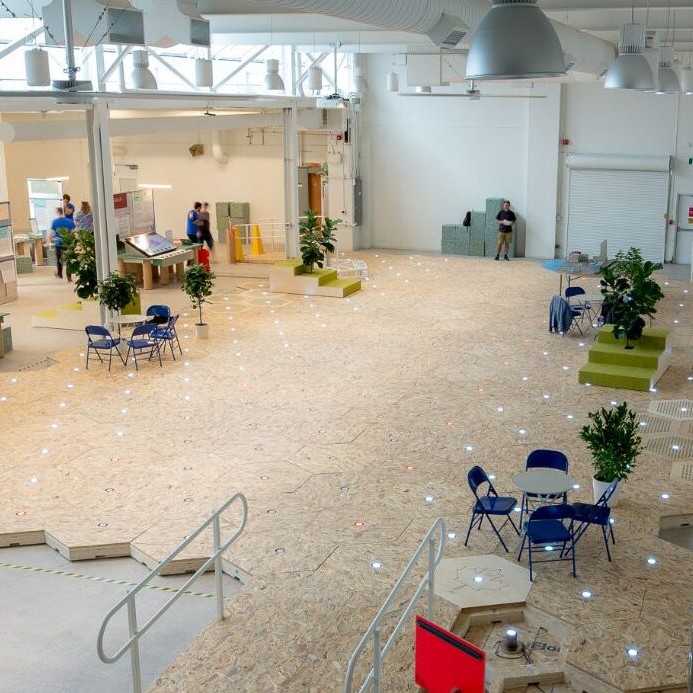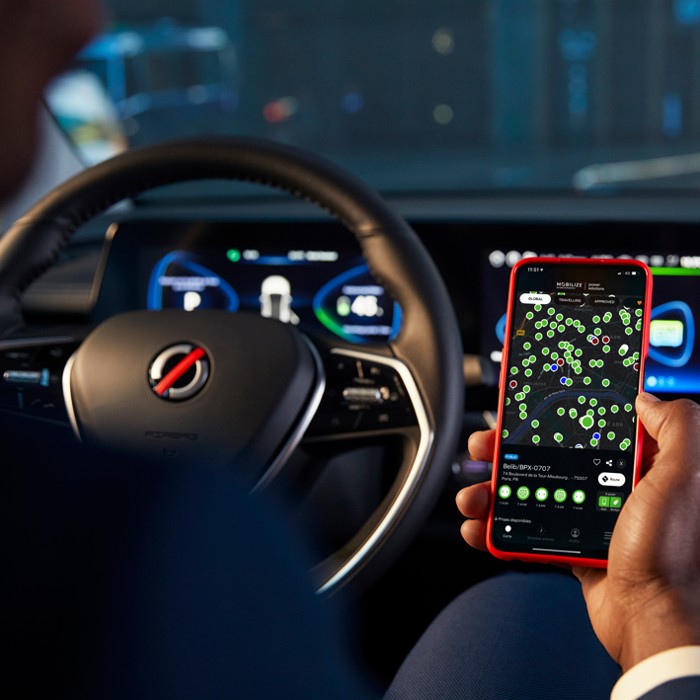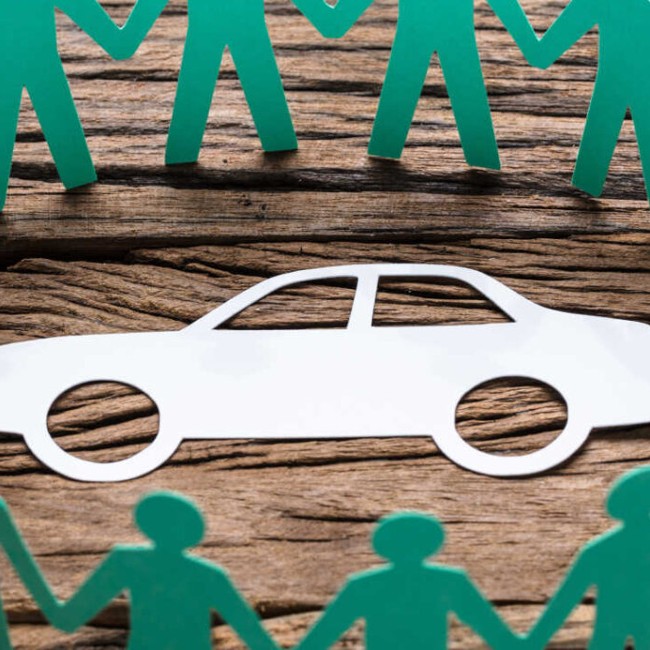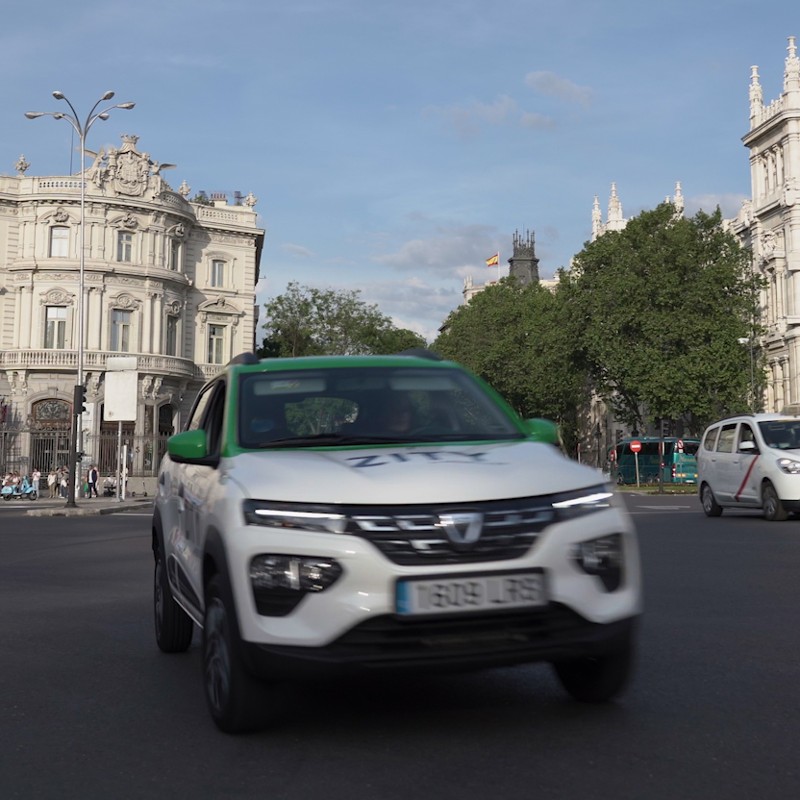★ ☆ ☆
a charging station for every use
Mobilize PowerBox is a charging solution that adapts to all electrical installations, whether single-phase or three-phase. It can be installed indoors or outdoors, on a wall or on a stand.
Safe to use, the Mobilize PowerBox integrates into the electrical ecosystem of the place where it is installed. Its dynamic energy management modulates the charging power according to the power available, thus avoiding tripping the system.
The Mobilize PowerBox terminal operates on alternating current (AC). Depending on the electrical installation and the vehicle’s charging capacity, it can deliver charging power of up to 22 kW. Mobilize PowerBox is compatible with all electric and plug-in hybrid vehicles fitted with a type 2 socket.
To meet the different needs of both private and business customers, Mobilize PowerBox is available in four versions:
- The UNO version is a simple, secure home recharging solution.
- The UNO PLUS version is designed for infrastructures installed in businesses or condominiums. It incorporates an RFID card reader to ensure that only authorised users have access to charging. This gives the manager greater traceability of the charging point’s operation.
- The UNO PRO version is accessible to the general public or installed on company premises. In addition to an RFID reader, this version is equipped with a MID (Measurement Instruments Directive) meter that enables electricity to be billed back to service users and simplifies the reimbursement of employees’ business expenses by certifying the electricity consumed during home recharging.
- The VERSO version is the two-way Mobilize PowerBox charging point. It charges the vehicle, of course, but it can also send electricity back to the home network and to the public grid. A dream that will soon become reality, with the Renault 5 E-Tech electric. Equipped with a bi-directional charger, the iconic city car is the first vehicle in a long series to benefit from reversible charging – when combined with the Mobilize PowerBox Verso charging point and the Mobilize electricity contract.
All Mobilize PowerBox versions can be locked and unlocked remotely, updated automatically and diagnosed remotely if required (FOTA, firmware over the air) via WiFi or Ethernet connection. The UNO PRO and VERSO versions have a 4G connection.
★ ★ ☆
two-way intelligent charging: a reality thanks to Mobilize PowerBox Verso
At the cutting edge of the latest energy and data management technologies, the Mobilize PowerBox Verso communicates directly with the car, but also with the home network and the public electricity grid.
The user doesn’t have to worry about a thing. The system’s intelligence and connectivity mean that the service can take control of the charging and discharging of the vehicle.
On the one hand, the car is charged at times when electricity is the least carbon-intensive and cheapest, i.e. when it is most available on the grid compared with overall demand. This is particularly the case when the sun is shining on photovoltaic panels and the wind is blowing through wind turbines. As well as helping to reduce the share of fossil fuels in the electricity mix, this means lower energy bills for users, up to 50% for home charging.
On the other hand, the car is discharged at times when the electricity supply is insufficient compared with demand. The low-carbon electricity stored in the vehicle thanks to the intelligent charging phases can then be fed into the user’s domestic electricity network or the public electricity network. By offsetting the intermittency of renewable energies such as solar and wind power, the bi-directional system encourages the grid to make maximum use of them, in order to produce low-carbon electricity.
From Mobilize’s point of view, intelligent two-way recharging, or V2G (vehicle to grid), is not just for the happy few. On the contrary, it is designed to be accessible, so as to maximise its impact on the local energy mix. Mobilize PowerBox operates on direct current (AC), which considerably reduces its acquisition cost compared with terminals operating on alternating current (DC). Combined with its ability to generate significant savings for the user, Mobilize PowerBox actively contributes to the widespread adoption of two-way electric charging.
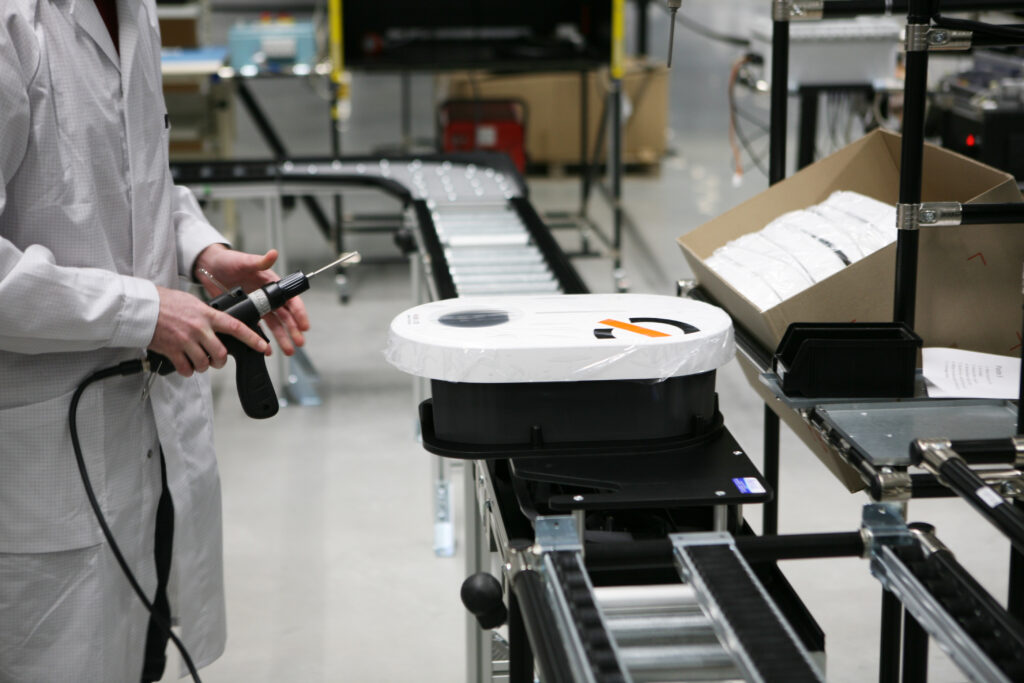
★ ★ ★
combining expertise for carbon-free electric mobility
The Mobilize PowerBox is the fruit of the strength and technological expertise of a veritable ecosystem: the Software Republic, and more specifically 4 of its members – Orange, Renault Group, STMicroelectronics and Thales – together with their partner IoTecha Corp.
The Mobilize PowerBox terminal is thus at the heart of innovation in intelligent, secure and sustainable mobility. Two examples among many? It has been designed to guarantee users a maximum level of cyber security, thanks in particular to the expertise of Thalès. And its services are always at the cutting edge of technology, courtesy of a remote update system.
To manufacture it, a specialist was also needed. The industrial launch of the Mobilize PowerBox charging point took place in February 2024, on the new production line at Lacroix’s “Symbiose” electronics plant in Maine-et-Loire, France. Lacroix, an international player in the electronics production of embedded systems and industrial connected objects, is thus putting its strategy of automated and digitalised Industry 4.0 at the service of Mobilize.
The choice of this partner is in line with Renault Group’s commitment to contributing to the relocation of the electronics industry in France. In addition, the plant benefits from a network of local suppliers that reduces the carbon impact of the supply chain.
The Mobilize PowerBox charging point will soon be available in the Renault network for all Renault Group brand electric vehicles, starting of course with the Renault 5 E-Tech electric. The Renault network is a genuine “one-stop shop”, enabling customers to order their vehicle and charging point at the same time. The Mobilize PowerBox will be installed and ready for use as soon as the vehicle is delivered.
The Mobilize brand dedicated to recharging solutions, Mobilize Power Solutions, is responsible for setting up the Mobilize PowerBox. Its expertise is particularly valuable in supporting business customers, whether in assessing the needs of the user(s), installing the right version of the charging station and monitoring its operation.

